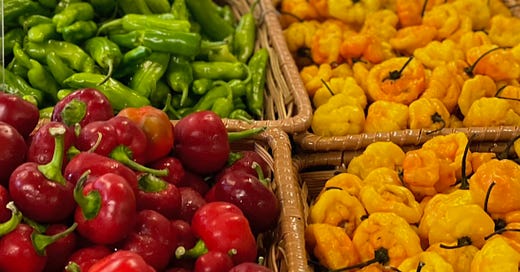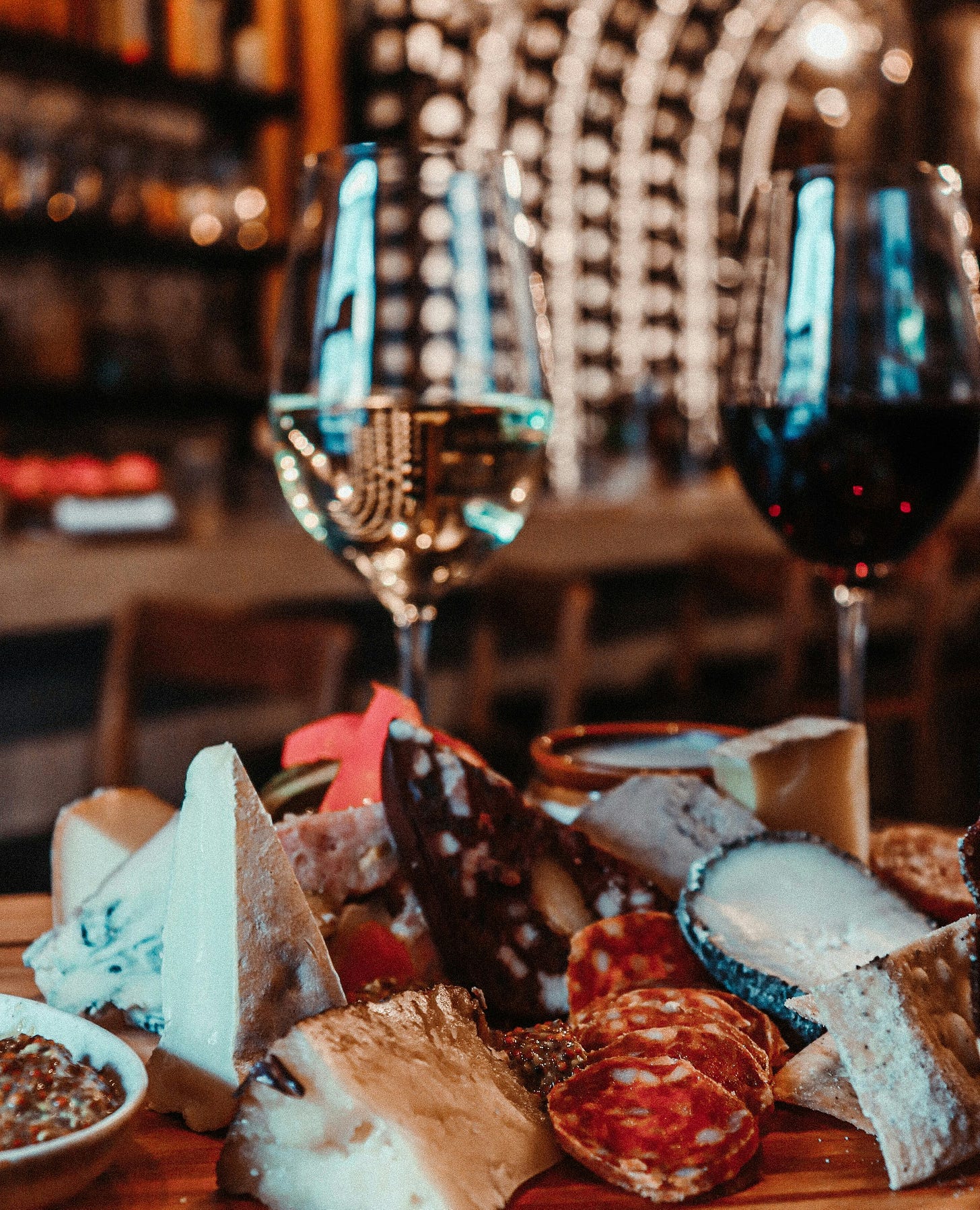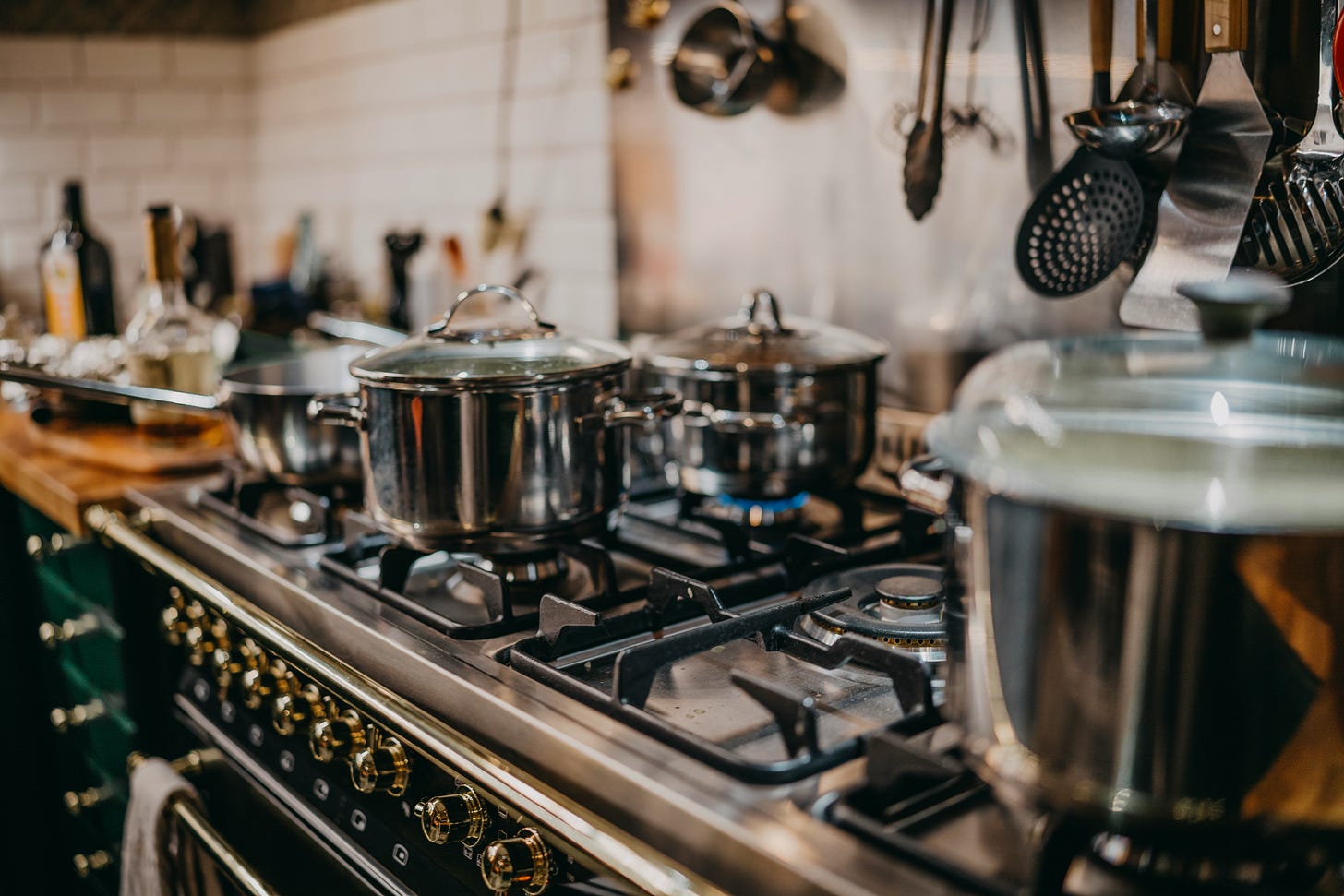HOT STUFF! Foods to Avoid If You Have Hot Flashes
Despite the provocative title, this article isn’t about the song by Donna Summer. Rather, it’s about how edible “hot” foodstuffs provoke hot flashes in women undergoing the menopause transition.
If you read my last newsletter, you became aware that each food has a unique thermal quality according to Chinese nutrition—“hot,” “warm,” “neutral,” “cool,” or “cold.” We are not talking about the temperature a food is served at, but its innate thermal property as defined over millennia of observation by Traditional Chinese Medicine (TCM) practitioners.
No surprise, “hot” foods (and “warm” ones if you are sensitive or are in a hot climate) can incite or worsen hot flashes and night sweats, known as vasomotor instability in medical parlance. Women who complain of vasomotor symptoms are often advised to quit eating spicy foods, red wine, and alcoholic spirits, but there are other provocateurs. As I compiled the list of “hot” foods from numerous TCM books and internet authorities, I was quite surprised to discover how many of my favorite foods and spices were included.
Thermal qualities were originally determined for foods indigenous to China, but as practitioners moved to different countries and continents, others were characterized. Unfortunately, not all foods are well defined by Traditional Chinese Medicine and Chinese nutrition sources. Determining thermal properties was sometimes challenging. Some foods had only one piece of authoritative data for a thermal quality while for others, different thermal values were attributed by various sources.
To draw conclusions, I made determinations using other related TCM variables such as flavor profile, length of growing season, place of origin (temperate vs tropical), and botanical or zoological relationships. I also considered processing techniques, especially for oils, meats, and cheeses, that were not available centuries ago. Additionally, I self-tested some items to confirm their character. Italicized foods on the list indicate those whose thermal property is based on an educated determination.
OK, let’s “cut to the chase” and review what foods might be linked to hot flashes. Some are intuitive—chili peppers are “hot”—and some are not—trout (a cold-water fish) is also “hot.” Since many of these ingredients are desirable and difficult to give up, further articles will talk about how to balance them in meals with “cold” or “cool” foods and of course, provide lists of common foods with these attributes.
“HOT” FOODS TO AVOID
(Italicized foods indicate my best determination.)
Meats: Lamb, smoked ham
Seafood: Trout, smoked salmon
Vegetables: Spicy peppers
Condiments: Mustard, wasabi
Oils & Fats: Cottonseed oil, refined palm oil (both are in ultra-processed foods)
Herbs & Spices: Black pepper, cayenne pepper, chili pepper, cinnamon, garlic powder, ginger powder, horseradish, mustard seed or powder, red pepper, white pepper
Beverages: Red wine and alcoholic spirits (such as bourbon, brandy, gin, liqueurs, rum, scotch, tequila, vodka, & whiskey)
The first step in the Hot Flash Diet™ is to cut out or cut down on “hot” foods for a few days to a week or so. (You can later decide if an increase in hot flash frequency or intensity is worth the partaking.)
You will need to read labels more closely, too. Cutting back on the amounts of spices used in cooking and baking may also reduce the fuel for hot flashes. If night sweats are the main problem, eating a desired “hot” food earlier in the day might cause flashes some hours later, but perhaps not overnight.
To complicate matters, the method of cooking can also influence the “heat” of a food. Raw foods are the “coolest” preparation; however, most of us prefer our foods to be cooked, especially meat and fish. Moreover, eating raw produce can be more taxing on the gut than eating it cooked.
So, how you prepare a food can alter its final thermal energy. I best sum it up like this:
Coolest to Neutral Preparations:
Raw —> Pickling without Cooking —> Blanching —> Steamed —> Boiled quickly
Neutral to Warm Preparations:
Pressure-Cooked —> Braised —> Stewed —> Stir-Fried —> Baked
Warmer to Hottest Preparations:
Cold smoked —> Deep-Fried —> Roasted —> Broiled —> Grilled —> Barbecued —> Hot Smoked
For instance, salmon would maintain its “warm” quality within the first 2 groups of preparation styles but smoking it would likely increase its thermal value. Longer and slower cooking also tends to increase the temperature energetics of the food. For example, BBQ pork ribs are more likely to precipitate hot flashes than stir fried pork just by the nature if its cooking method. Moreover, the blend of ingredients (and their thermal qualities) for any sauces for either dish also plays a role. As you learn more, you can keep this in mind for planning meals or ordering from a restaurant.
But for now…avoid “hot” foods for a couple of days and let me know how you do.
Look for more info to come and feel free to share this article with your perimenopausal friends who are also experiencing hot flash hell.







